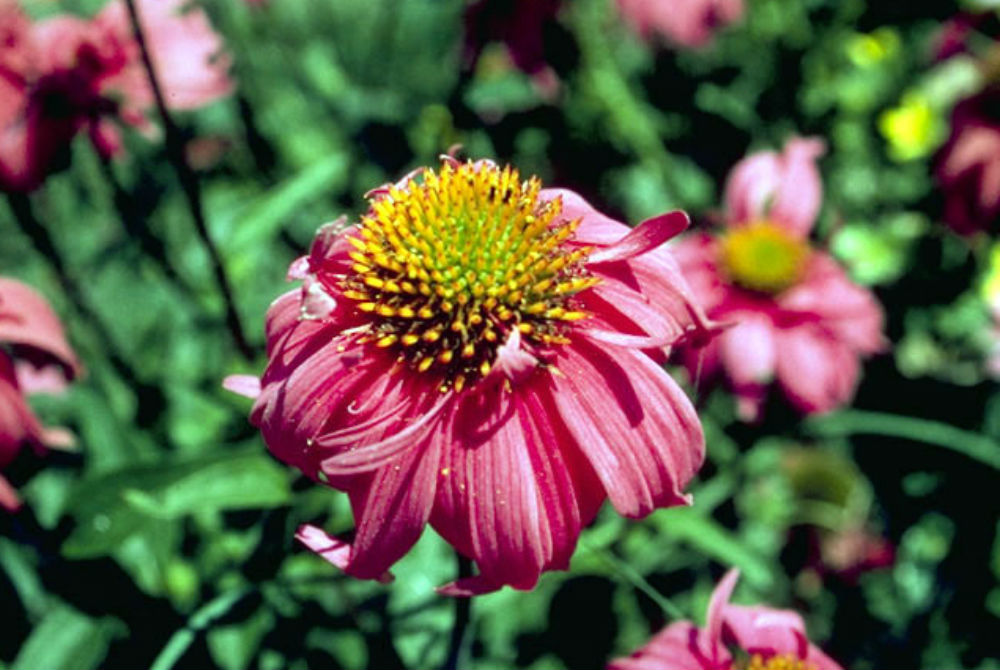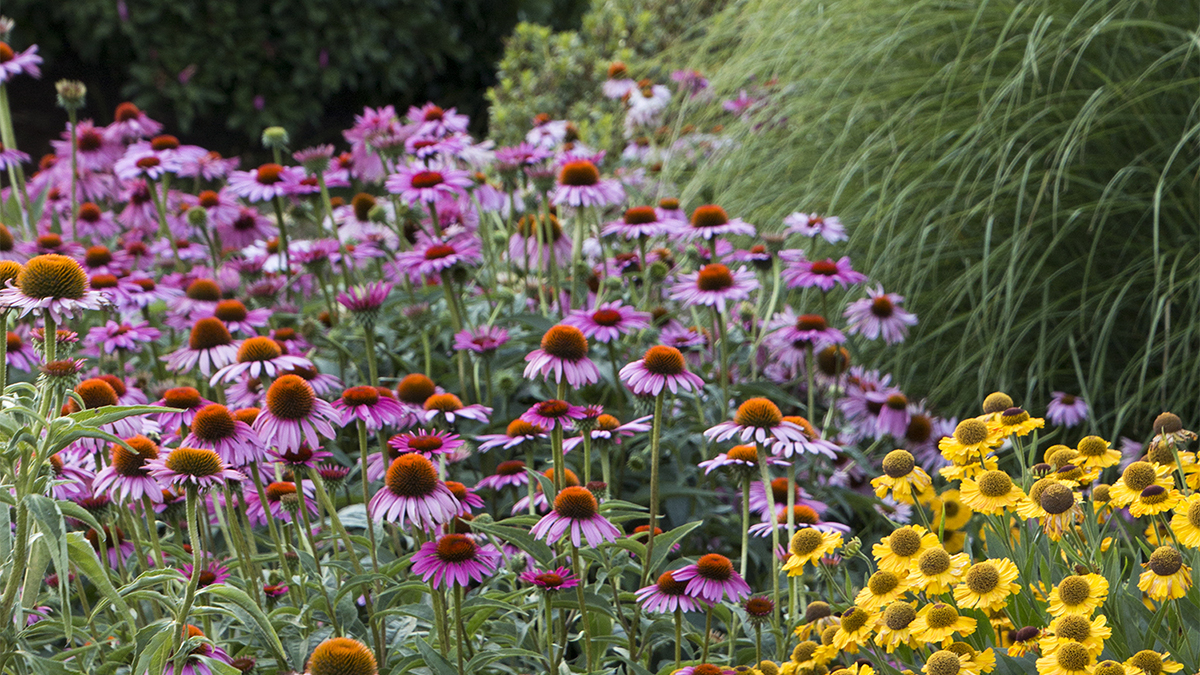
The ray florets are commonly thought of as ‘petals’, surrounding the central ‘head’ of the Echinacea ‘flower’. Echinacea, like all members of the Asteraceae family, have a capitulum surrounded by a whirl of several infertile ray florets. These individual flowers together make up what is known as a capitulum. What we often see as the ‘flower’ of the Echinacea is actually a cluster of dozens of flowers, or disc florets, arranged in a whirl on a cone shaped flower receptacle.

Width of Flowers (disc florets): 1.5-3.5 mm

Width of Flower Head (with ray florets): 6-10cm The roots of echinacea are large and require substantial amounts of water, but are happy in dry to moist soils with good drainage.Įchinacea is included in the botanical garden, not only because it is a beautiful non-native flowering plant, but also because of the medicinal properties of the roots. In the rain garden, the year round presence of the this plant’s deep, sturdy taproots help to prevent erosion by slowing the flow of water downhill. Every winter the exposed, above ground parts of the plant wither and die while the root system conserves energy and enters a dormancy period until the spring, when the warming soil breaks that dormancy and starts the growth cycle again. Echinacea is in the permaculture garden because it is a perennial plant with multiple human and ecological benefits.

Because it is not an aggressive plant, it thrives in gardens but rarely ventures out into the wild, making this plant a non-naturalized, non-native in the Northeast and Northern Great Lakes.Įchinacea is in many gardens of the OLL including the permaculture garden, rain garden, and botanical garden. Echinacea purpurea is a species of herbaceous perennial flowering plant with a native range from the Midwest through to the Southeast.


 0 kommentar(er)
0 kommentar(er)
